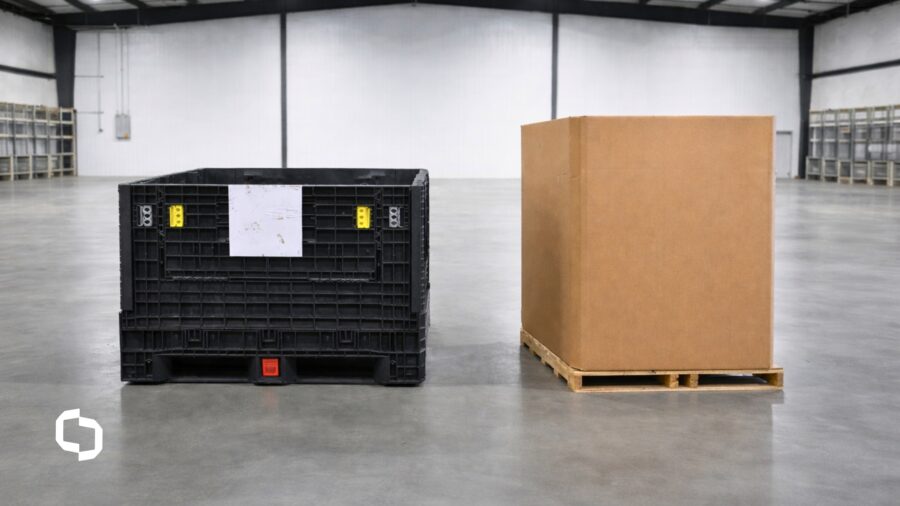Why Precision Plastic Processing Matters
When plastic parts reach the end of their first life, they don’t have to become landfill waste. Within Extera’s compounding machine, shredded regrind is measured, mixed, and melted into uniform pellets in just minutes. These pellets often match or surpass virgin resin in quality. By adding UV stabilizers, impact modifiers, fibers, and pigments, we control melt flow, strength, and color in one pass. This results in less raw material cost, less landfill waste, and a stronger, more circular supply chain. This level of control makes the compounding process a game-changer, bridging the gap between recycled material and the exact performance specs manufacturers depend on.
What Are the Steps of the Compounding Process?
Shredding & Grinding – Our team shreds scrap parts, screens out metal, and granulates the material into uniform flakes using other in-house machines.
Dosing & Drying—Gravimetric feeders measure polymer, color masterbatch, UV packages, or glass fiber. The blend is dried to optimal moisture.
Single Screw Extrusion – A rotating screw melts and shear‑mixes additives into a homogeneous melt stream.
Degassing & Filtration – Vacuum vents pull volatiles; a screen pack filters fines and contaminants.
Pelletizing & Cooling – Strand‑cut or underwater die‑face pelletizing solidifies the compound. We then cool, dry, and classify the material for use.
Quality Testing – We test each lot for melt index, density, color, and Izod impact before we ship it out.
Why Are Materials Added During Compounding?
Every additive introduced during the compounding process serves a precise purpose. UV stabilizers protect outdoor products from sun‑induced brittleness, impact modifiers boost toughness for drop‑resistant parts, glass fibers raise stiffness for structural strength, and custom pigments deliver brand‑specific color from the very first shot. The twin-screw extruder disperses these ingredients at the molecular level, so each finished pellet carries identical properties and performs consistently run after run.
Beyond performance, thoughtfully compounded resin advances a truly circular supply chain. Compounding creates a material that can replace virgin polymer without compromising mechanical or cosmetic standards by blending recycled regrind with the exact additive package a part requires. Pre‑colored pellets eliminate on‑press pigmentation and the scrap that comes with color changeovers, while tailored melt‑flow rates improve cycle times and reduce energy use. Overall, this process turns waste into a reusable resource and closes the loop on plastic sustainability.
Plastic Processing Capabilities with Extera
Our compounding capabilities are versatile and precise. We’ve proven this in projects ranging from High-Impact Polystyrene (HIPS) and Polypropylene for automotive parts to jet-black pellets for consumer goods. Whatever mechanical, color, or regulatory target your product demands, we custom‑engineer the recipe and deliver a consistent, ready‑to‑mold pellet.
Extera pairs world‑class plastic process equipment with decades of formulation expertise. Our in‑house line delivers rapid turnarounds and tight lot‑to‑lot consistency. Because we also lease containers, repair assets, and recycle scrap, customers enjoy a single, accountable partner from dock‑door pickup to finished pellet delivery.
Ready to turn scrap into specialty compounds? Connect with Extera’s plastic compounding experts to explore custom color masterbatches or virtually any formulation your program demands. We’ll collect your regrind, engineer the recipe, and deliver certified pellets that meet your performance, sustainability, and timeline goals.



